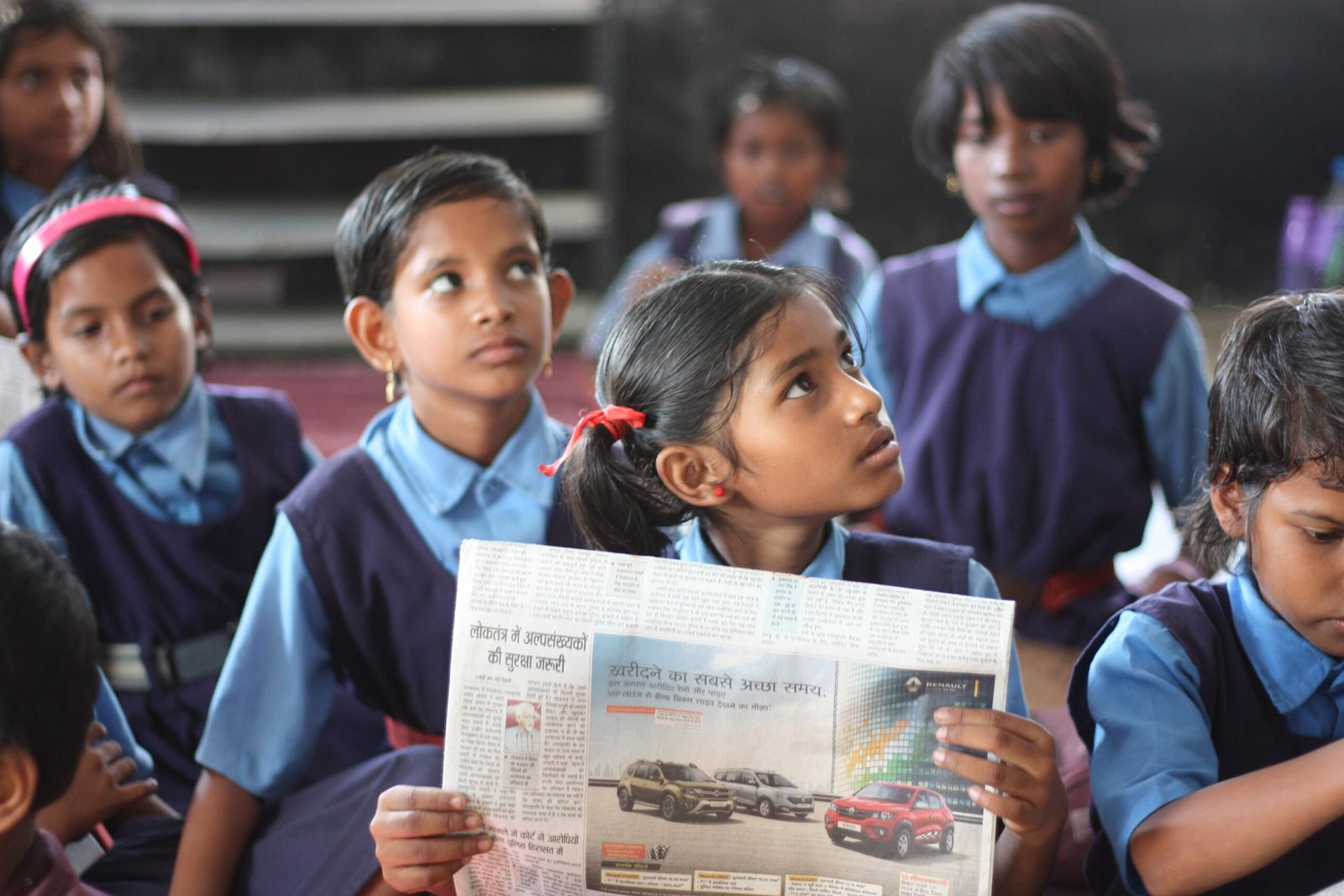Our Story begins with :Admighty Foundation is a global non-profit Startup committed to making a meaningful impact on three crucial pillars of society: Health, Education, and Environment. Our story of journey began with a simple yet powerful vision – to create a better world for all, regardless of geography, background, or circumstance.
“ADMIGHTY” embodies our essence at Admighty Foundation, echoing our purpose and vigour. Breaking it down, “AD” signifies Anno Domini, symbolising the timeline of history. “MIGHTY” encapsulates strength and potency.
“AD” connotes our commitment to progress, marking the era of our endeavours in making impactful changes after historical milestones.
“MIGHTY” mirrors our unwavering strength and determination, signifying the powerful force behind our philanthropic initiatives in Health, Education, and Environment.
As an organization, “ADMIGHTY” represents our relentless dedication, resilience, and determination to bring about transformative change.
We draw inspiration from the historical timeline marked by AD, while our ‘MIGHTY’ aspirations drive us to create a powerful, positive impact in the world.
Together, let us continue to strive toward a better future, fostering change that is both historic and mighty.










